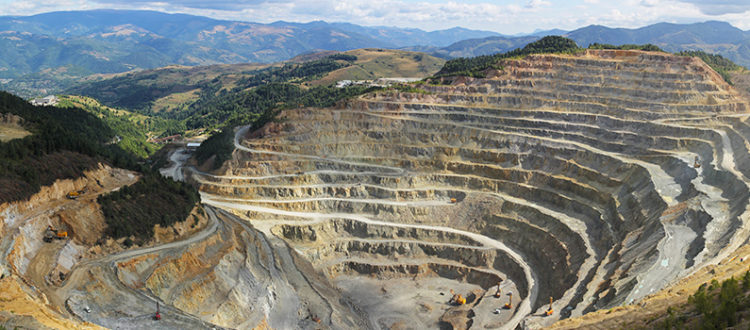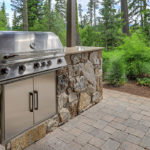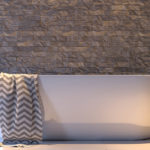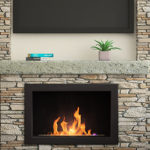How Limestone is Formed
The Geology Behind Limestone
Limestone is a natural rock that is made up of mostly calcium carbonate. It is common in many parts of the country and is used to create cement, asphalt, many home products, and lots of other things. It is an integral part of the building community and shows up in buildings in its root form as well as in cement and other materials. If you place limestone in your home, it’s interesting to know the background to the material.
Limestone Formation
Limestone is any rock that is made mostly from calcium carbonate, but there are several types. It forms with carbonate rocks were deposited in seawater and continue to form as coral reefs in shallow seas. Marine limestone comes together when seawater with high concentrations of chemicals as they dissolve. The surface layer of the material is usually coral, clams, and other sea creatures that use the same chemicals in their shells. The composite of those things merges together and creates the limestone over a period of time.
The Many Forms
While you might think limestone is limestone, there are many different types of carbonate rock. Chalk is a fine-grained, porous limestone while travertine is a freshwater, more sedimentary limestone that has thin layers. Marble is also a carbonate rock that has been squeezed down and formed into a different material with heat and pressure.
Mining Limestone
Limestone deposits can be huge and cover hundreds of square miles. It’s usually uniform in quality and thickness, but limestone quarries can be long-lived because of the abundance. Mining can take place under hundreds of miles and many areas of quarry miles. Many different quarries will put together several different products and some crushed rocks that are impure can be used for road items.
Using Limestone
Limestone has a lot of different industrial uses and can be mined and processed for those reasons as a raw material. It can also be used in agriculture, the environment and many other areas. As little as 10 years ago, crushed limestone was about 68% of all crushed rock produced within the country. It is prevalent in places you wouldn’t even suspect, such as within food for livestock to give them certain minerals. It is also powdered to remove impurities from metal like steel.
Limestone in the Home
Limestone is a beautiful, natural material that shows up in homes often as well. It is commonly used in tiles for flooring, walls, or even fireplaces. It can also be seen on countertops, outside walls, custom columns or fountains, and in many other areas. If you like the look, longevity, and value of limestone, there is likely somewhere to place it within your home. And knowing how it came together in a natural manner is also interesting. With hundreds of years of history behind it, each piece of limestone is truly unique. If you have the perfect place for limestone in your house, contact the experts at Impression for ideas, details, and customization options to make it just the right fit.
















